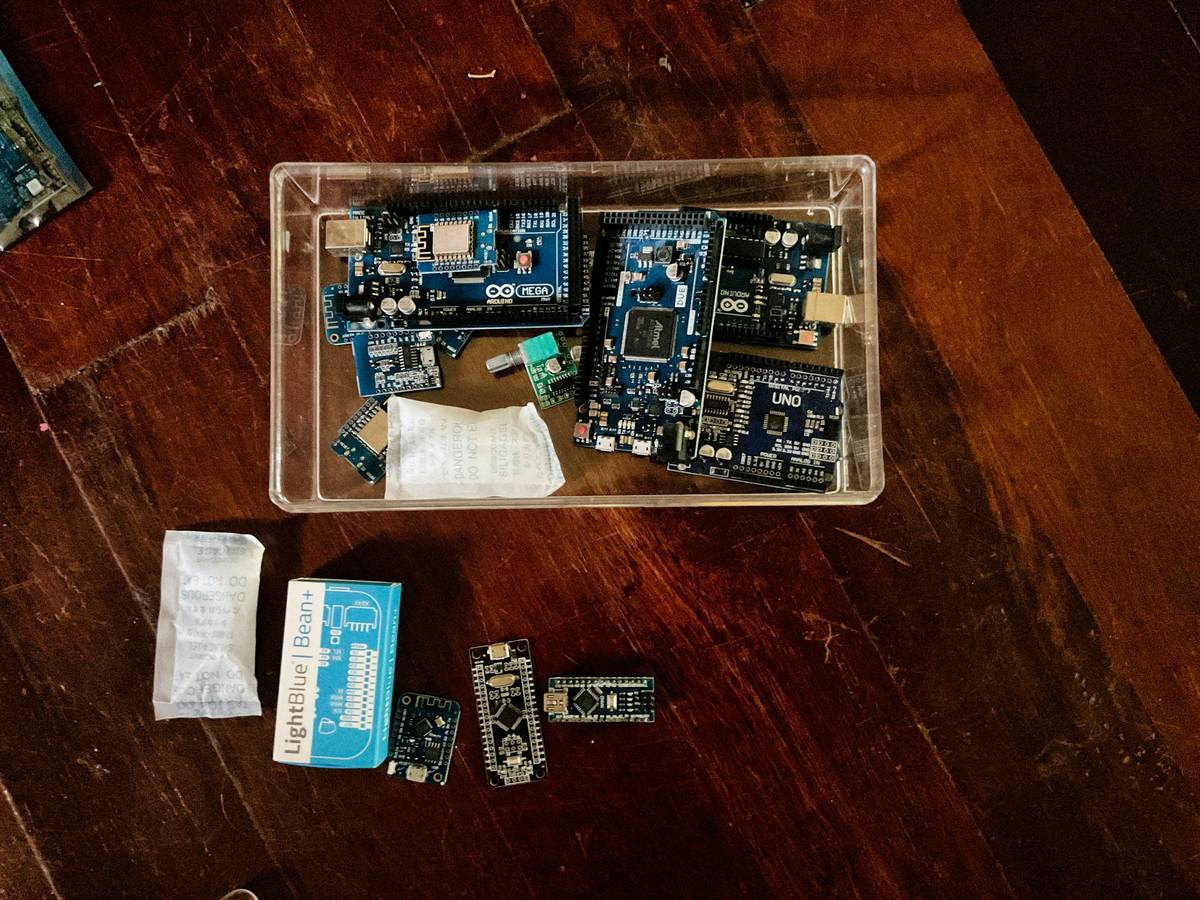Ever dropped your brand-new laptop just weeks after buying it? Or had a toaster oven give up the ghost right when you were about to nail that sourdough recipe? Yeah, me too. And wouldn’t you know it—Murphy’s Law struck at the *exact* moment my manufacturer warranty expired. But what if I told you there’s a secret weapon hiding in plain sight: your credit card’s extended warranty benefits for covered electronics? Intrigued? Let’s dive into how this little-known perk can save you hundreds (or even thousands) of dollars.
Table of Contents
- Why You Need More Protection for Your Electronics
- Step-by-Step Guide to Using Your Credit Card’s Extended Warranty
- 5 Pro Tips to Maximize Coverage for Covered Electronics
- Real-Life Examples: How People Saved Big
- FAQs About Credit Card Extended Warranties
Why You Need More Protection for Your Electronics
Let’s face it: modern gadgets are expensive. A top-tier smartphone costs as much as a month’s rent in some cities, and high-end laptops make student loans jealous. The average household spends over $1,000 annually on consumer tech alone—and yet warranties often feel like an afterthought. Worse still:
- Manufacturer warranties typically last only 12 months.
- Tech malfunctions often occur just outside standard warranty periods.
- Paying extra for third-party extended warranties feels like throwing money into a black hole.

This is where your credit card swoops in like a financial superhero. Many premium cards (and even some no-fee ones) offer extended warranty coverage automatically—meaning you might already have protection without realizing it. For example, my Chase Sapphire Preferred® once covered a $600 tablet repair for free. No forms, no fuss. Just pure savings.
Step-by-Step Guide to Using Your Credit Card’s Extended Warranty
So, how do you actually cash in on these benefits? Here’s your foolproof plan:
Step 1: Check If Your Card Offers Extended Warranty Benefits
Not all heroes wear capes—some come in the form of Visa Signature or American Express Gold Cards. Log onto your issuer’s website or call customer service to confirm eligibility. Look out for key phrases like “extended product warranty” under your cardmember benefits section.
Step 2: Keep Every Receipt
“Optimist You”: Oh, who needs receipts anyway? They’re probably safe in my email… somewhere.
“Grumpy You”: Ugh, receipts are literally the golden tickets here. Without proof of purchase, forget claiming anything.
Create a digital folder for every transaction involving covered electronics. Name files clearly so they’re easy to find later.
Step 3: File a Claim Before It’s Too Late
Most programs require claims within 90 days of the original warranty expiration. Use platforms like Hyrecar or similar tools to track deadlines automatically. Trust me; losing because you snoozed isn’t fun.
Step 4: Follow Up Relentlessly
Sometimes, initial claims get denied—not because you’re ineligible but because paperwork gets lost in bureaucracy. Call back weekly until resolved. Persistence pays off!
Step 5: Enjoy Your Savings
Once approved, repairs or replacements could arrive swiftly. Last year, American Express replaced my AirPods within two weeks after mine mysteriously vanished.
5 Pro Tips to Maximize Coverage for Covered Electronics
- Know the Limits: Most policies cap reimbursements between $250-$10,000 per item annually.
- Combine Benefits: Pair extended warranties with price protection or return guarantees.
- Avoid Overlap: Don’t buy additional warranties unless absolutely necessary.
- Document Everything: Take photos and keep manuals alongside receipts.
- Stay Updated: Terms change frequently. Regularly review your card’s policy updates.

Warning: One terrible tip would be assuming all electronics qualify. Certain items, like used products or software subscriptions, may not count as covered electronics. Always double-check exclusions before relying solely on your card.
Real-Life Examples: How People Saved Big
Meet Sarah from Denver. Her smart TV suddenly stopped working one evening mid-binge-watchathon. After discovering her card offered a 1-year extension beyond the retailer’s year-long guarantee, she filed a claim and received a full replacement worth $800—all thanks to her forgotten credit card perk.
And then there’s Mark, whose gaming laptop fried itself during finals week. Thanks to his Discover It® card doubling his original manufacturer warranty period, he walked away with a fresh machine costing zero dollars out-of-pocket.

FAQs About Credit Card Extended Warranties
Do All Credit Cards Offer Extended Warranties?
Nope. These perks usually apply to premium travel rewards cards or those with robust purchase protections. Check yours carefully.
What Counts As Covered Electronics?
Common examples include smartphones, laptops, TVs, cameras, and home appliances. Excluded categories often involve vehicles, real estate, or perishable goods.
Is There a Maximum Reimbursement Amount?
Yes. Limits depend on your specific card issuer. Some allow up to $10,000 annually, while others cap closer to $2,000.
Conclusion
Your credit card’s extended warranty program isn’t just another gimmick—it’s a potent tool designed to protect your hard-earned investments in covered electronics. By staying organized, understanding your card’s terms, and acting promptly, you can unlock serious value. So go ahead, embrace your inner penny-pincher. Happy saving!
P.S. Like dial-up internet, checking fine print never goes out of style.
Haiku Time:
Cracked screen woes vanish,
Credit card steps in swift;
Tech love blooms anew.


